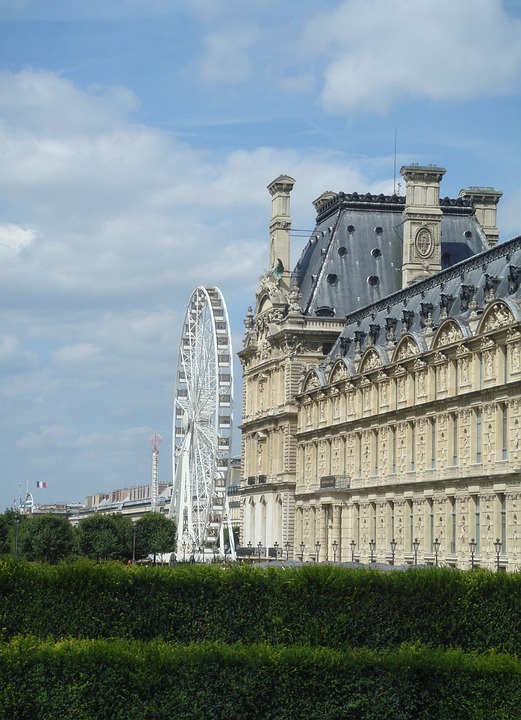Exploring the Treasures of the Louvre Museum Through Stunning Photos
The Louvre Museum in Paris, France, is a treasure trove of history, art, and culture, renowned as one of the world’s largest and most visited museums. Housing an extensive array of works ranging from ancient civilizations to the mid-19th century, the significance of the Louvre’s collections in the world of art and history is unparalleled. Through a series of stunning photos, we can embark on a visual journey that captures the essence of this iconic museum, highlighting some of its most prized possessions and the architectural grandeur that frames them.
### The Iconic Pyramid
The journey begins with the striking modern glass Pyramid, designed by architect I.M. Pei, which serves as the main entrance. Through the lens, the Pyramid juxtaposed against the classical architecture of the main building captivates viewers, symbolizing the blend of old and new that characterizes the spirit of the Louvre. At night, the illuminated Pyramid glows like a beacon, drawing visitors and photographers alike to this architectural marvel.
### The Grand Galleries
Photographs of the Louvre’s expansive galleries reveal rows upon rows of art displayed in richly decorated rooms with ornate ceilings and regal columns. Each room offers a different palette of colors and textures, providing a visual feast not only of the artworks but also of their opulent surroundings. These images invite viewers to experience the vastness and the intricate details of the interiors, from the grand Galerie d’Apollon to the more intimate settings of the Dutch galleries.
### Masterpieces of the Louvre
Among the most celebrated pieces in the museum’s collection are Leonardo da Vinci’s “Mona Lisa,” the ancient Greek statue “Venus de Milo,” and “Winged Victory of Samothrace.” Capturing these artworks through photography poses challenges due to their prominence and the protective measures ensuring their preservation. However, skilled photographers manage to convey the artistry and aura of these masterpieces, providing a perspective that resonates with emotion and detail, reflecting the awe-inspiring encounter that visitors experience.
### Lesser-Known Treasures
Beyond the widely recognized masterpieces, the Louvre is home to thousands of lesser-known but equally fascinating works. Photography can offer a spotlight to these hidden treasures, such as intricate artifacts from the Egyptian antiquities collection or captivating paintings from the French Romantic period. Through close-up shots and detailed views, photographers can unveil the subtleties and stories that these pieces carry, enriching our understanding of the breadth and depth of the Louvre’s collections.
### Architectural Details
The architecture of the Louvre itself is a work of art. Photos can highlight the French Renaissance influences evident in its façade, the classical French windows, and the ornate sculptures that adorn its exterior. The play of light and shadows over these architectural elements, captured in different times of the day, adds a dramatic effect to these images, emphasizing the historical and aesthetic context of the museum.
### Interactive and Thematic Displays
The museum’s approach to curating its vast collections includes thematic and interactive displays that enhance visitor engagement. Photographs of these installations show how artifacts from different cultures and time periods are juxtaposed, providing visual narratives that span global histories and artistic movements. These displays, captured through photography, help contextualize the artworks, making the history they represent more accessible to the public.
### Conclusion
Exploring the Louvre Museum through photography is an endeavor that offers endless perspectives and insights into one of the world’s most revered cultural institutions. Each photo tells a story, capturing moments of beauty, intrigue, and historical significance housed within the museum’s walls. For those who have visited the Louvre, these images serve as a vivid reminder of their experience; for those who have yet to visit, they offer a glimpse of the wonders that await.
In sum, the Louvre is more than just a museum; it is a focal point of human creativity and history. Stunning photographs of its galleries, artworks, and architecture invite us to appreciate this world-class museum from various angles, each shot deepening our appreciation and stirring a longing to explore its treasures firsthand.


